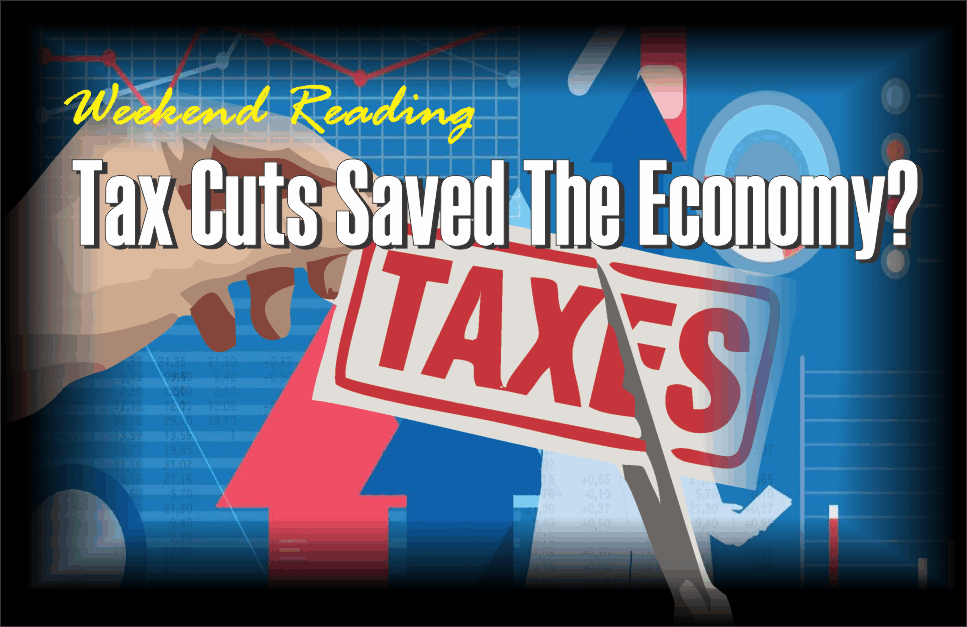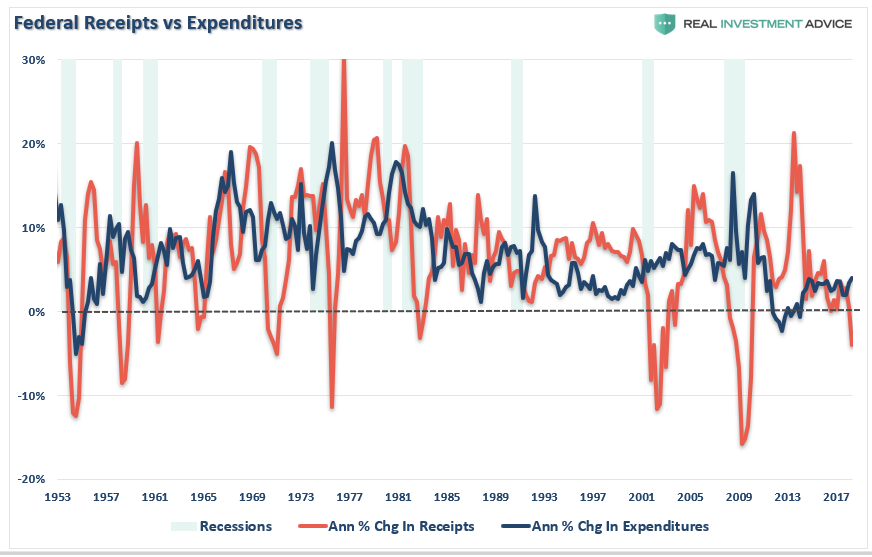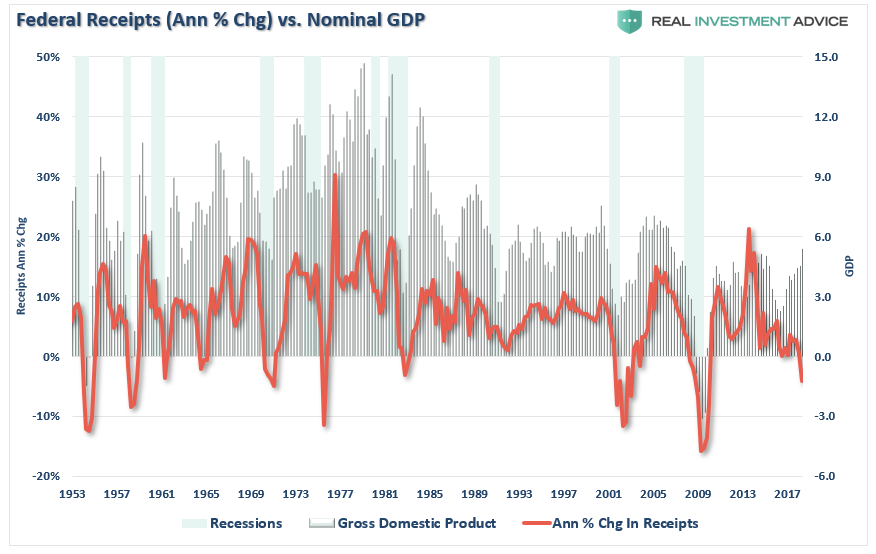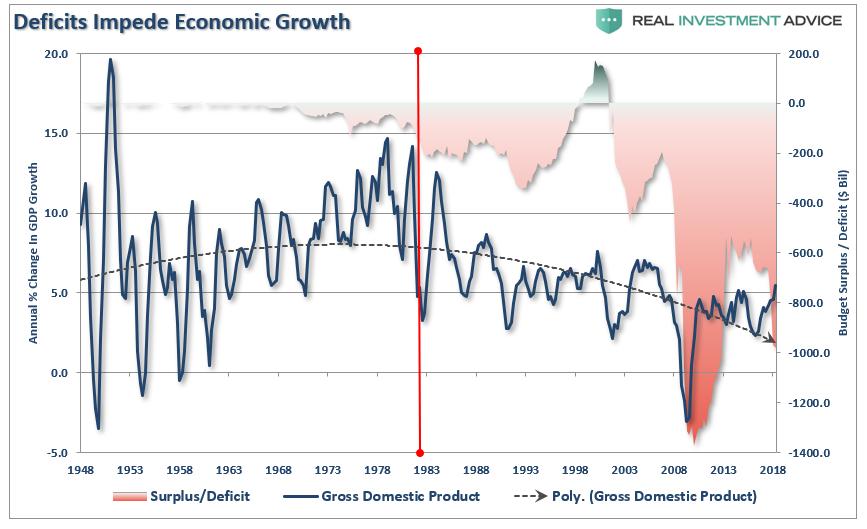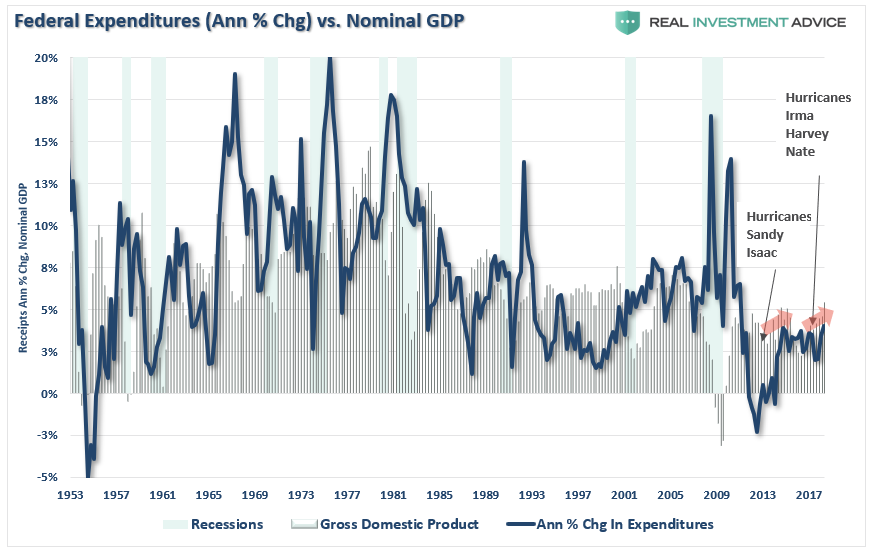Markets
- Guggenheim: Expect Risk Off In 2019 & A 40% Decline by Tyler Durden via Zerohedge
- There Are Big Changes Afoot In The Markets by Joe Calhoun via Alhambra Partners
- Analyst Who Predicted 2008 Crash Warns Of Next Bubble by Barbara Kollmeyer via MarketWatch
- Gundlach’s Best Investing Advice by Karl Kaufman via Forbes
- Are Credit Spreads Still A Leading Indicator by Pater Tenebrarum via Acting Man blog
- Highly Unusual Breadth by Dana Lyons via The Lyons Share
- Why You Should Be Skeptical About Forecasts by Erik Conley via Zen Investor
- Market Carnage Has Investors Fleeing Bonds by Ryan Vlastelica via MarketWatch
- Tuesday’s Big Upside Move Was A Sucker’s Rally by Michael Markowski via BullsNBears
- There Are A Lot Of Stocks Down 50% From Highs by Philip Van Doorn via MarketWatch
- When Will Chasing Hot Stocks Stop Working by Kevin Muir via The Macro Tourist
- Market Corrections Aren’t Fun, But Normal by Jonathon Trugman via NY Post
- Markets Are Broken & Nothing Is Working by Robert Burgess via Bloomberg
Most Read On RIA
- Is A Year-End Rally Still Possible by Lance Roberts
- Why The Fed’s Monetary Policy Is Still Accommodative by Michael Lebowitz
- VLOG: Why U.S. Household Wealth Is In A Bubble by Jesse Colombo
- FIRE’d Up – A Million Ain’t What It Used To Be by Lance Roberts
- Closed-End Fund Discounts by John Coumarianos
- The Market Isn’t The Economy – Snapshot From The Depression by Richard Rosso
- Why The U.S. Is Following The Same Path As Japan by Lance Roberts
Research / Interesting Reads
- The US Housing Recovery Is Built On Quicksane by Keith Jurow via MarketWatch
- The Big Blockchain Lie by Nouriel Roubini via Project Syndicate
- Hello! May I Assist You With A Lifetime Of Debt? by Elena Valenzuela-Stookey via NYT
- GE’s Looming Dividend Cut by Political Calcuations
- Art, Tech Stocks & The Financial Canary’s Last Gasp by Merryn Somerset Webb via MoneyWeek
- China’s Great Leap Backwards by Jonathan Tepperman via Foreign Policy
- Is Your Bank Ready For The Next Crisis by William Bladwin via Forbes
- The “No Growth” Prescription For Misery by Bjorn Lomborg via Project Syndicate
- 5-G – The Most Disruptive Event Is Here by Stephen McBride via Risk Hedge
- Bad Financial Moon Rising by William White via Project Syndicate
